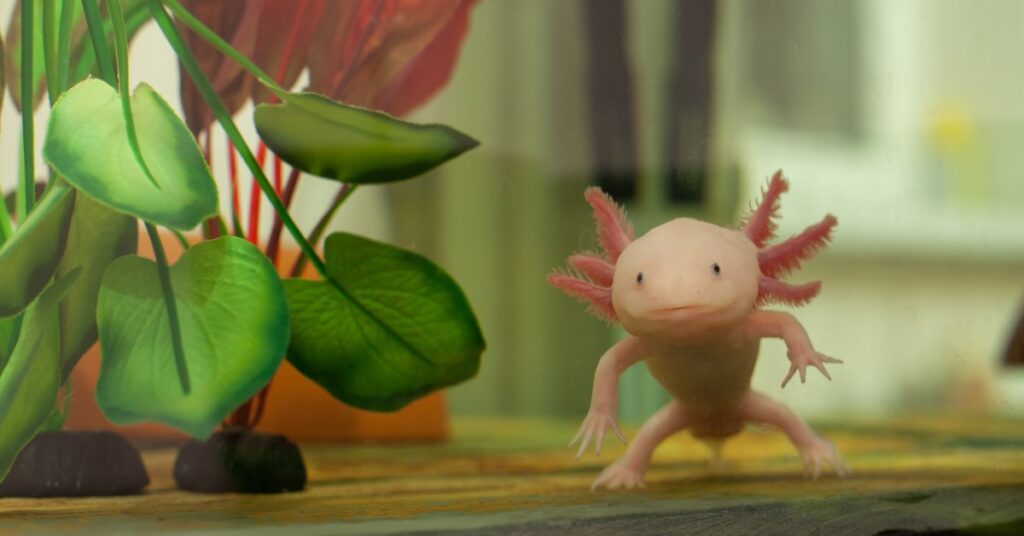The axolotl, also known as the Mexican walking fish, is a fascinating aquatic creature that belongs to the family Ambystomatidae. It is native to the freshwater lakes and canals of Mexico, where it has been an important part of Aztec culture for centuries. The axolotl is a popular species in the pet trade due to its unique appearance, regenerative abilities, and ease of care.
One of the most notable features of the axolotl is its ability to regenerate its limbs, spinal cord, and other organs. This regenerative ability has made the axolotl a popular model organism for scientific research, as it has the potential to provide insights into human tissue regeneration and repair. In addition to its regenerative abilities, the axolotl is also known for its unique appearance, with a flat, wide head and external gills that give it a prehistoric look.
In the wild, axolotls are found in the canals and lakes of Mexico, where they feed on small fish, insects, and other aquatic organisms. They are known for their nocturnal behavior and spend much of their time hiding in the mud and debris on the bottom of their habitat. In captivity, axolotls are typically fed a diet of live or frozen foods, including bloodworms, brine shrimp, and small pieces of fish.
Axolotls are fully aquatic creatures and require a tank with enough water to swim and move around freely. They prefer cooler water temperatures, between 60 and 68 degrees Fahrenheit, and require a filtration system to keep the water clean and oxygenated. It is also important to provide hiding spots and plants in the tank to give the axolotl a sense of security and privacy.
One of the most interesting aspects of the axolotl is its ability to transform from a larval form into a mature adult without undergoing metamorphosis. This unique characteristic has made the axolotl a subject of scientific study, as researchers seek to better understand how this process works and how it can be applied to human tissue regeneration and development.
In recent years, the axolotl has faced significant threats in the wild due to habitat destruction, pollution, and overfishing. As a result, the International Union for Conservation of Nature (IUCN) has listed the axolotl as critically endangered. However, the axolotl remains a popular species in the pet trade and is widely bred in captivity, providing an important source of genetic diversity for future conservation efforts.
In conclusion, the axolotl is a unique and fascinating aquatic creature that has captured the imagination of scientists and pet enthusiasts alike. Its regenerative abilities, unusual appearance, and ease of care make it a popular choice in the pet trade, while its status as a critically endangered species highlights the importance of conservation efforts to protect this iconic creature.










![]()
